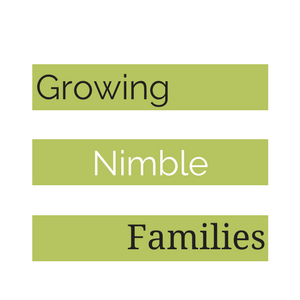Play-activities first post in January showed you the first part of this series on Simple steps that make kids curious about learning. You can catch up with the first one here.
Now you’ve had chance to try some of those great ideas out. You are bound to be ready for the next installment.
SIMPLE STEPS ON HOW TO HELP CHILDREN FALL IN LOVE WITH THE IDEA OF LEARNING BEFORE THEY GO TO SCHOOL Part 2
6 PLAY
The importance of play, both directed and undirected, cannot be overestimated.
Creative play gives kids the means to explore fantasies and stretch their imagination through games and role play. A good dressing-up box can stimulate role play considerably straw hats, jackets, old dresses, handbags, jewellery and old shoes are all good. After reading a story, ask your child to act out the part of a character. Get your child to dance to children’s songs or pop music. They may also want to sing along.
I Spy is an excellent game to provoke discussion. Choose an object you are certain they know the word for and define it using colour, shape and position.
7 GET PERSONAL
Personal experience is an ideal way to link new knowledge and experience. Cut out items from old catalogues, magazines, comics and newspapers to make a scrapbook. The book can include photos of your child from birth to the present day and even include comical photos of friends and family.
Write your child’s name on the cover to give them the sense that it belongs to them.
8. READ WITH THEM
ENCOURAGING a love of books in your child is so important. By three, a child needs a story with a picture page to talk about, a few words with each picture, lively characterisation, plenty of action, humour and some mystery. When reading stories, lose your inhibitions and act out the role of the giant or the witch. For older children, there are certain authors that always hold the attention of young readers – especially books by Roald Dahl and Enid Blyton’s Famous Five series.
AT particular ages, children normally reach certain landmarks. Here’s what to expect. AGE 2 to 3: Your child won’t really understand what numbers signify. Although they may be able to count, they will probably get the numbers confused, particularly those above 10. AGE 3 to 4: They should be able to count.
They will probably enjoy board games. AGE 4 to 5: They will start to comprehend comparative numbers (that two is smaller than three but bigger than one) and should be able to sort out items. They should be capable of sorting the laundry into white and coloured items. AGE 6 to 7: They may now begin to employ basic strategies when playing games. Ordering objects by size and simple addition should also be within their grasp.
__________
These are all activities we probably know. Some we do and some we always plan to do but time never allows.This article is rich in examples.
I can certainly remember doing some of these when I was young. We have fun doing some of them now.Open ended play really is such a good launching pad for creativity. Playing in this way with my sons I know will produce a lot of giggles, talk, fun and a great by-product learning.










